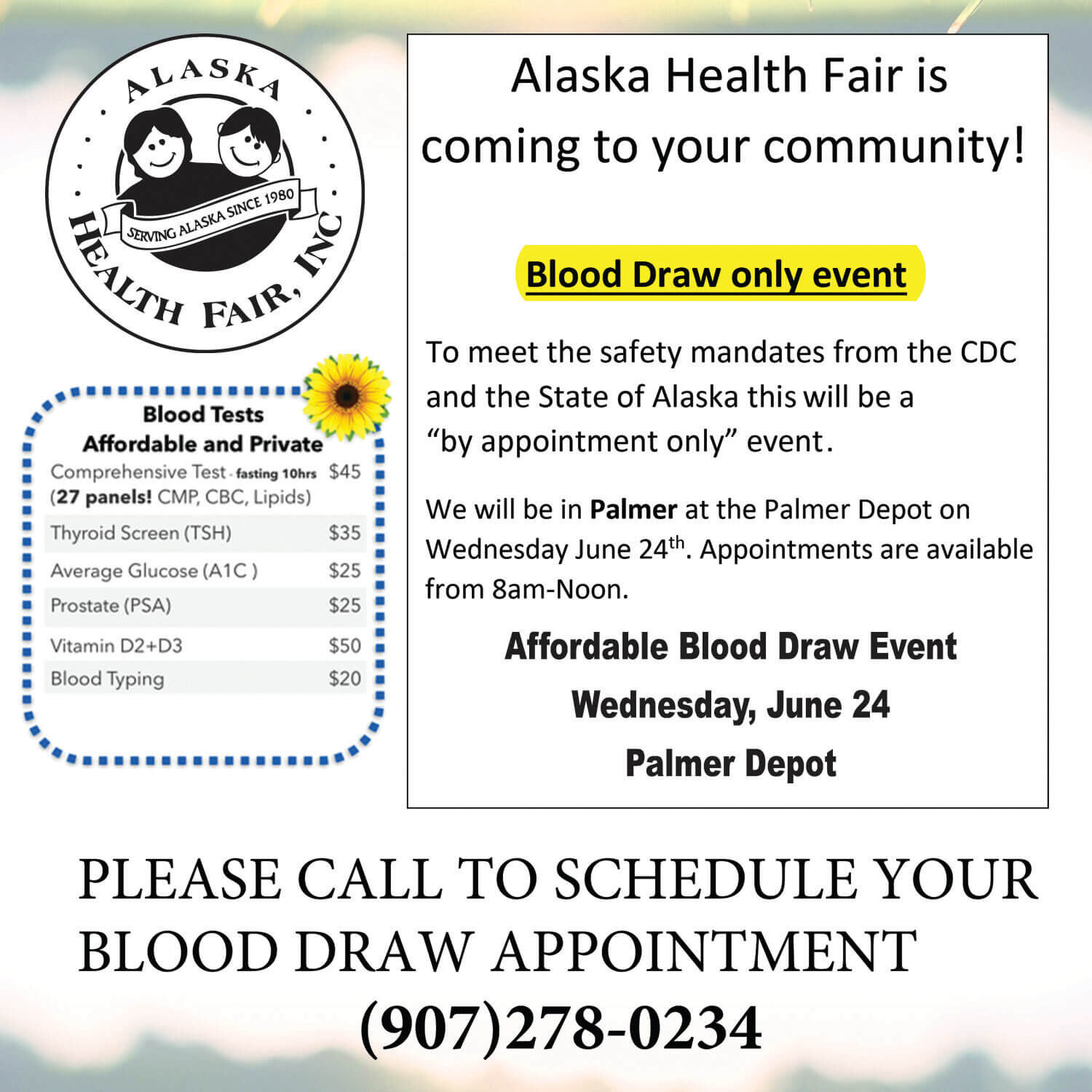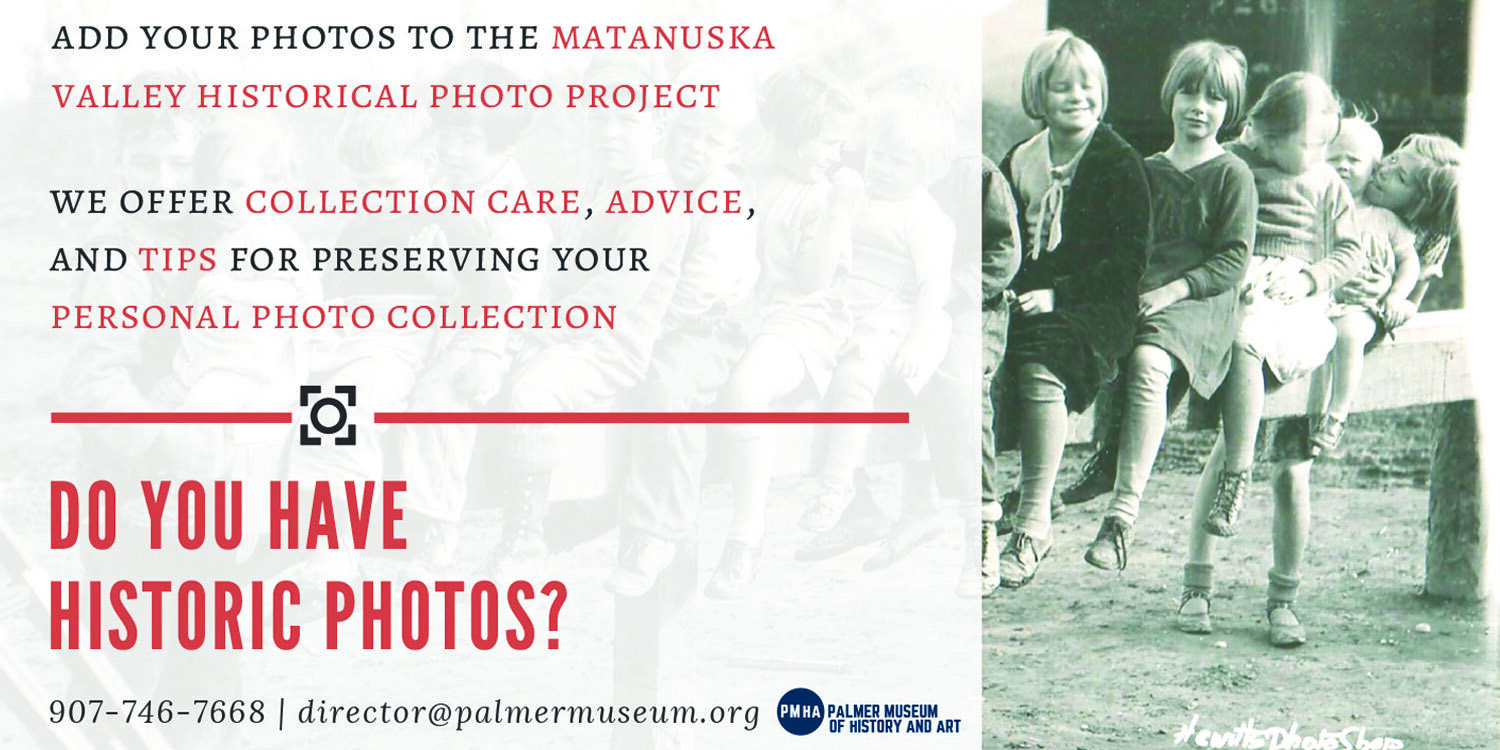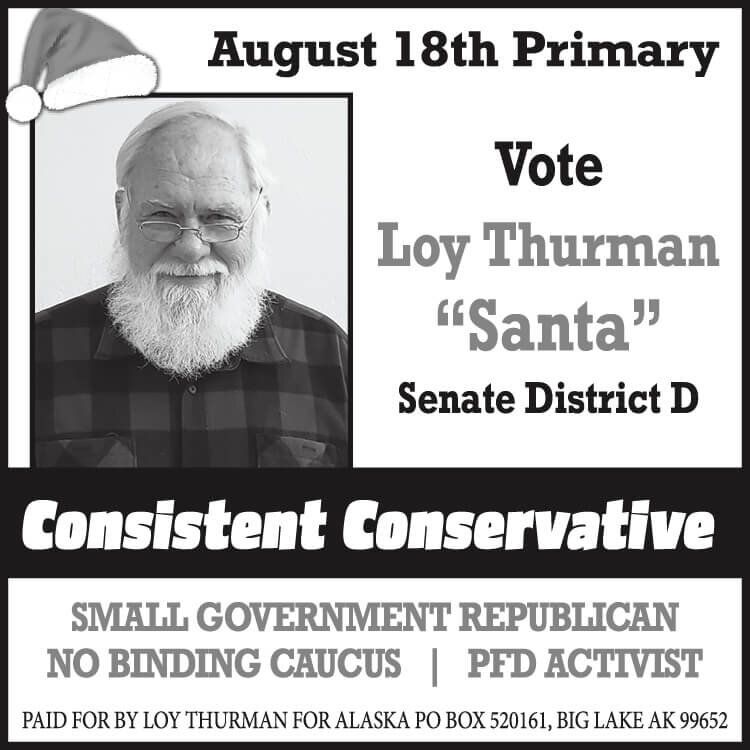Contributed by Noel Crowley-Bell, Co-Chair Breathe Free Mat-Su
World No Tobacco Day originated in 1987 and is held on the 31st of each May. It was founded by the World Health Organization to draw global attention to the health risks and devastating cost of tobacco use.
The call of action is simple: Stop smoking for one day on a global level. It is estimated globally 6.4 million people will die directly from their use of tobacco this year. 52.2% of those deaths take place in just 4 four countries: China, India, Russia and the U.S.1
In the U.S. 480,000 deaths are attributed to tobacco use with 41,000 additional deaths to non-smokers who are impacted through secondhand smoke exposure. Over 8% of Alaskan deaths are attributed to tobacco. It is estimated that for every eight smokers who die from smoking, one non-smoker dies as a result of exposure to secondhand smoke. In Alaska this means that for the 600 people who will die from using tobacco this year, an additional 75 Alaskans will also lose their life due to being exposed to another’s tobacco use.3
The toll of tobacco use is not just in the deaths it causes. It is found in the emotional toll as tobacco users and non-smokers deal with failing health and the impact failing health has on their lives, their livelihoods, the ability to maintain productivity in the work force as well as the cost to pay for treatment as the diseases they experience progress.
In Alaska, based on available statistical data, tobacco use costs an estimated $538 million in direct medical expenditures and an additional $231 million in lost productivity due to tobacco-related deaths. While the combination of these two sums total an astounding $769 million, it underestimates the total scope of costs as these amounts are based on 2012 dollars and costs.4 Additionally, consider this fact: Lost productivity from tobacco-related illness and costs due to secondhand smoke exposure-related illness or death are not tracked in Alaska and cannot be included in these amounts.
You might wonder, given the costs in lost lives, health and productivity, why do people still use tobacco? There are several reasons:
One: Nicotine is a highly addictive drug, plain and simple.
Two: It is a statistical and real fact that 80% of adult cigarette smokers first tried smoking by age 18 and 99% first tried smoking by age 26.5
Three: Tobacco companies use this information to purposely target youth and other vulnerable populations through aggressive marketing and ad placements portraying the use of tobacco as a social norm that enhances everything from sophistication to being popular, cool or rebellious. Twenty-five million dollars a day is spent every day just in the U.S. to place tobacco products in front of their target audience.6
Why? RJ Reynolds, a tobacco company, said it best some years ago, "They represent tomorrow's cigarette business… As this 14-24 age group matures, they will account for a key share of the total cigarette volume -- for at least the next twenty-five years."7
Smoking rates, particularly for youth under the age of 18 in Alaska had dropped to 11% in 20138 with no reported use of e-cigarettes. In 2015 however, 18% of Alaska’s youth report using the devices. E-cigarettes are a relatively new way to consume nicotine and are often touted as “safer than traditional cigarettes”. Regulations on e-cigarettes are in just the beginning phase so the ability to advertise, market and make statements from manufacturers and retailers regarding the impact they have on public health is only just emerging.
However, in 2016 the Surgeon General concluded that, “The aerosol from e-cigarettes is not harmless. It can contain harmful and potentially harmful chemicals, including nicotine - ultra-fine particles that can be inhaled deep into the lungs, flavoring such diacetyl - a chemical linked to a serious lung disease, volatile organic compounds such as benzene - which is found in car exhaust and heavy metals such as nickel, tin and lead”.9
So why observe World No Tobacco Day? Plain and simple, it brings a light to the toll tobacco takes on our friends, families, co-workers and the world. Given that smoking is the leading cause of preventable death and disease, isn’t this reason enough to start a dialogue about what steps can be taken to actualize the goal of witnessing the first tobacco free generation, perhaps in our lifetime?
1Gobal Health Data Exchange
2CDC, Best Practices for Comprehensive Tobacco Control Programs - 2014.
3Schoenmarklin, S, Tobacco Control Consortium. 2004.
4 National death estimates from the U.S. Department of Health and Human Services 2014 report, “The health consequences of smoking: 50 years of progress: a report of the Surgeon General.” Available at http://www.surgeongeneral.gov/library/reports/50-years-of-progress.
5 CDC tobacco data statistics/facts youth
6 Federal Trade Commission Cigarette Report for 2014.















































